Taking advantage of the summer Sundays-only trains, the scout caught the 1108 St. David’s to Okehampton on 14th July and headed north from there to Barnstaple, 40 miles.
On the N.D. & C.J. Light, which is now a path between Meeth and Torrington, he passed the entrance to the former North Devon Clays’ private siding at Marland, which anyone could be forgiven for missing.
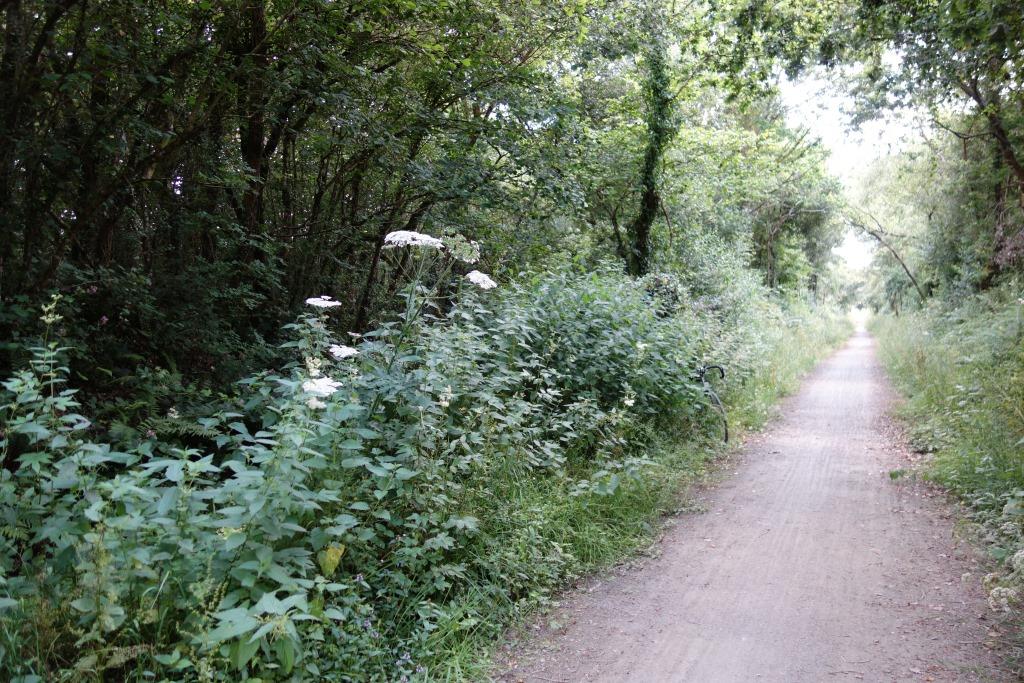
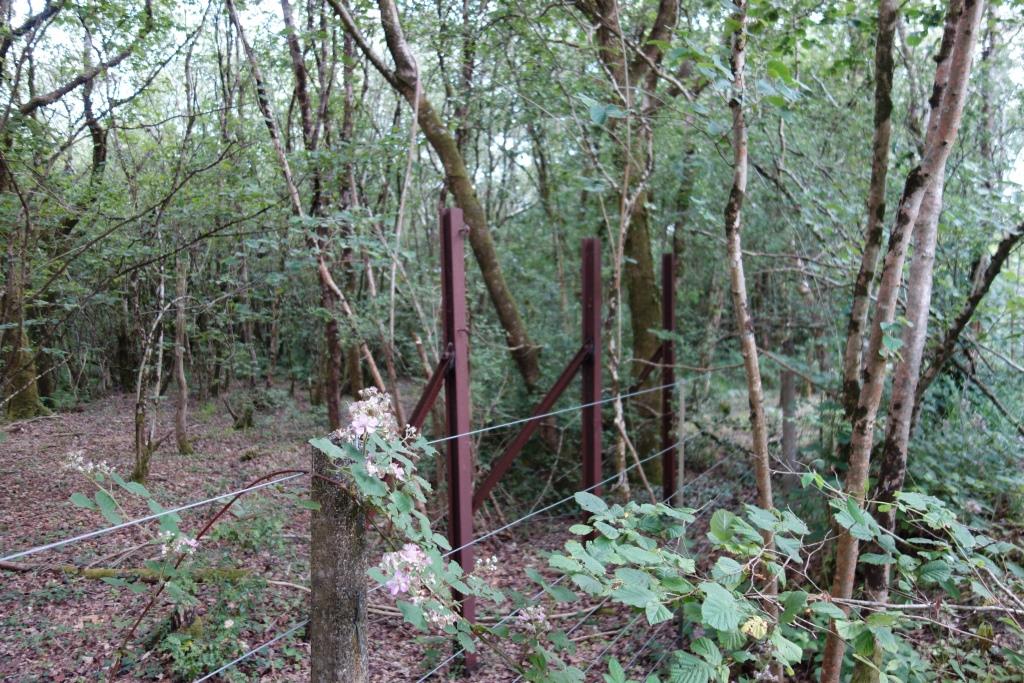
16th July
At Dawlish, work has started on the new sea wall which will profoundly change King’s Walk.
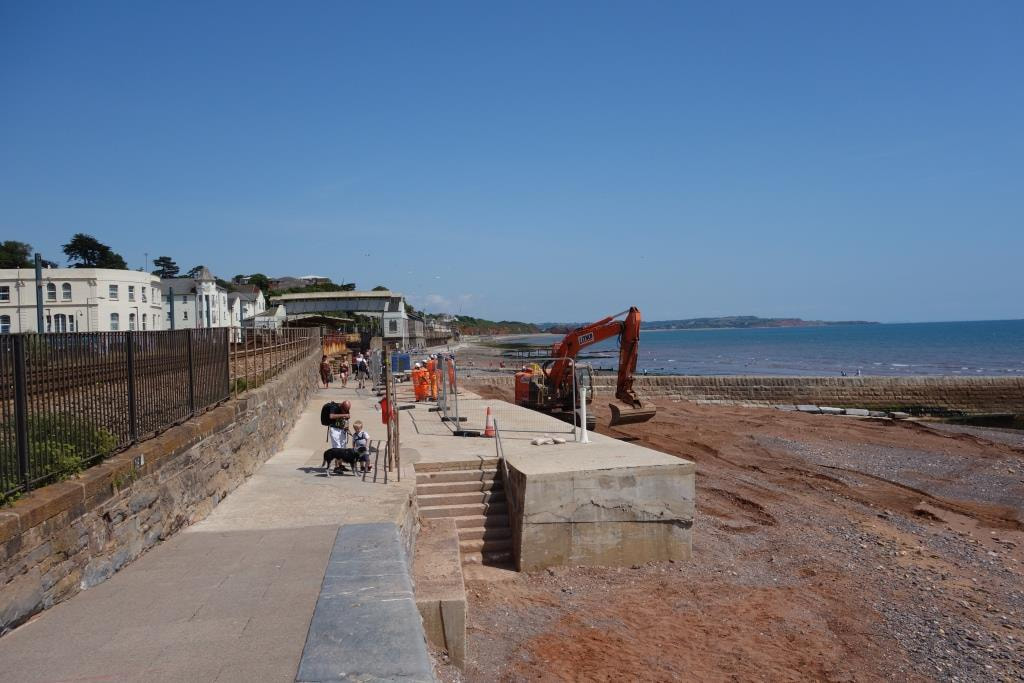
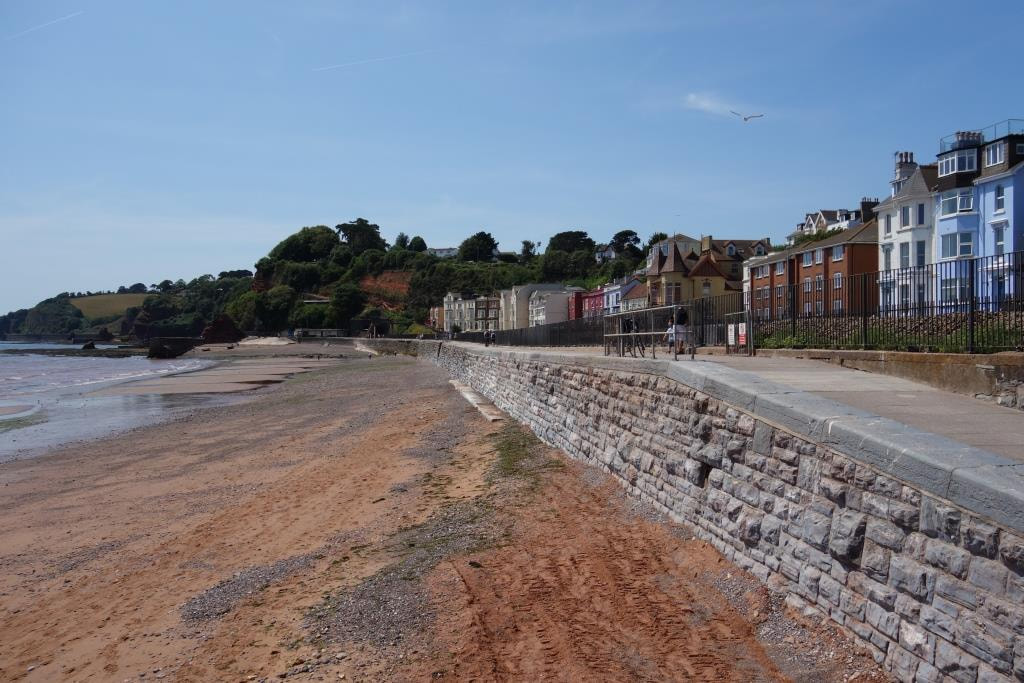
The wall was built without a wave return curve because of the sand cover. However, the wall being further out caused wave rebound to scour the sand, meaning that even a mild sea will throw up spray over the promenade and tracks at high tide. The wall was part of the doubling of the line between here and Parson’s Tunnel (incl.), completed in 1905.
The spring tide meant that when the scout got to Starcross for the ferry to Exmouth, the 1310 sailing was cancelled due to low water.
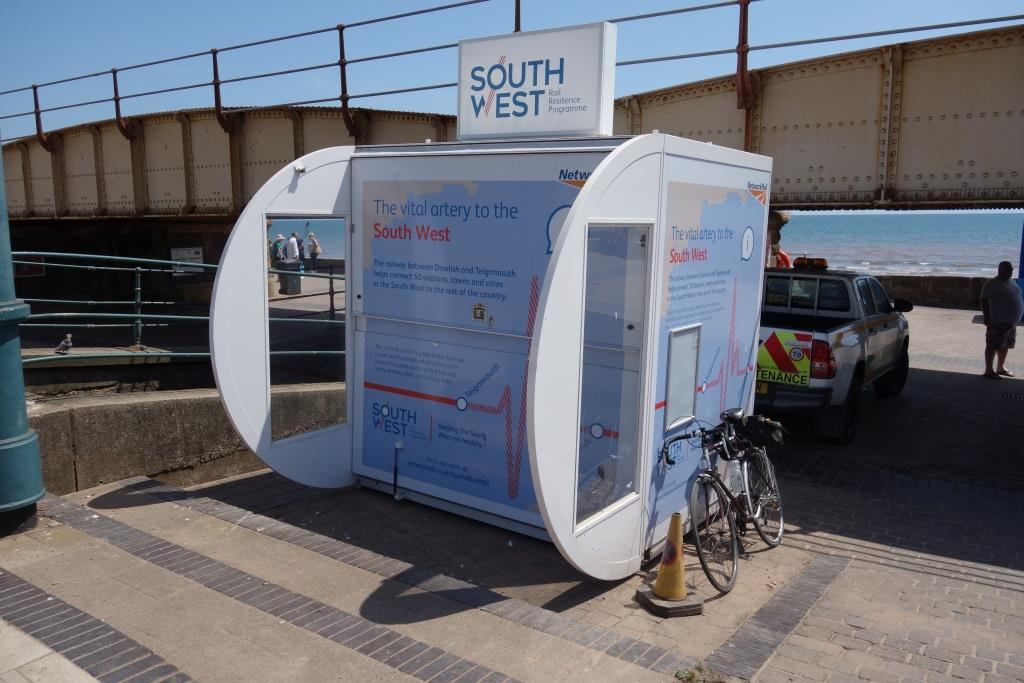
Staff at Christow has other ideas about railway resilience in the West Country.
31st October: The sea showed what it thought of the “Rail Resilience Programme.”
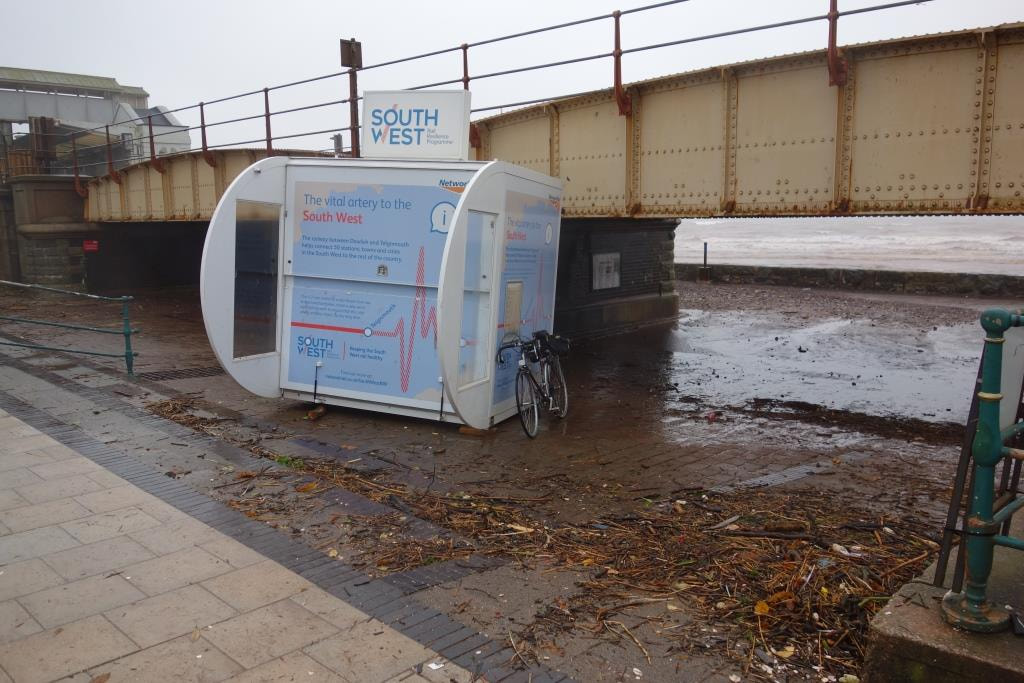
Note: This was one of many visits made to the area during the course of the major works. Full coverage may be found in the “Campaigning” section.
